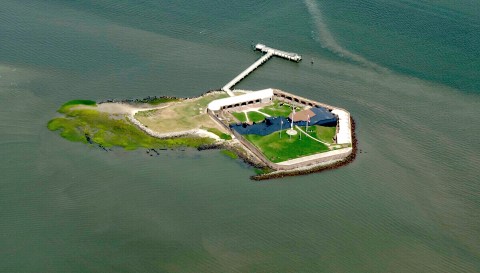South Carolina Schools In The Early 1900s May Shock You. They're So Different.
In 1915 Julius Rosenwald, the President of Sears & Roebuck, worked with Booker T. Washington to create a matching funds program to improve schools dedicated to rural African Americans throughout the South.
From 1917 to 1932 the Rosenwald program helped to build nearly 5,000 schools, shops and teacherages in the American South. Rosenwald’s Fund required communities to raise part of the capital needed to fund the building projects. Unlike today, where communities vote on tax referendums to build or upgrade schools, South Carolina’s communities, both black and white, voluntarily stepped up to the plate with generous donations for the fund. Nearly 500 new Rosenwald school buildings were erected in South Carolina in the early 1900s.
While this pictorial may illustrate how different schools were in the early 1900s compared to now, it also demonstrates a significant upgrade in the school system for African Americans in the South during a time of racial segregation. Few of the Rosenwald Schools in South Carolina survive. Take a look at some of them as they appear today and in the past.

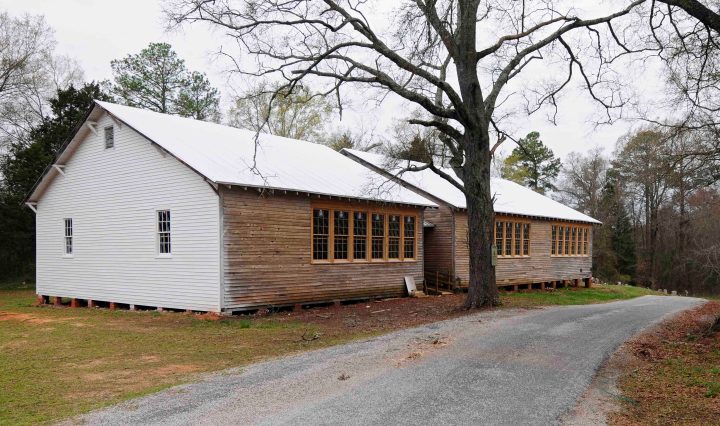

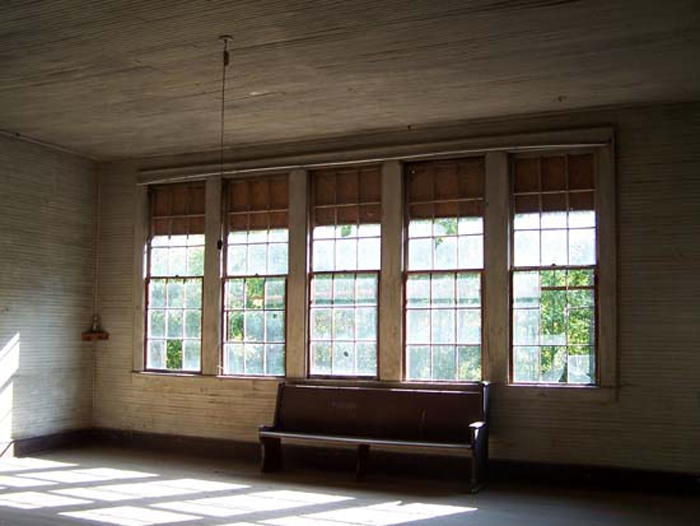
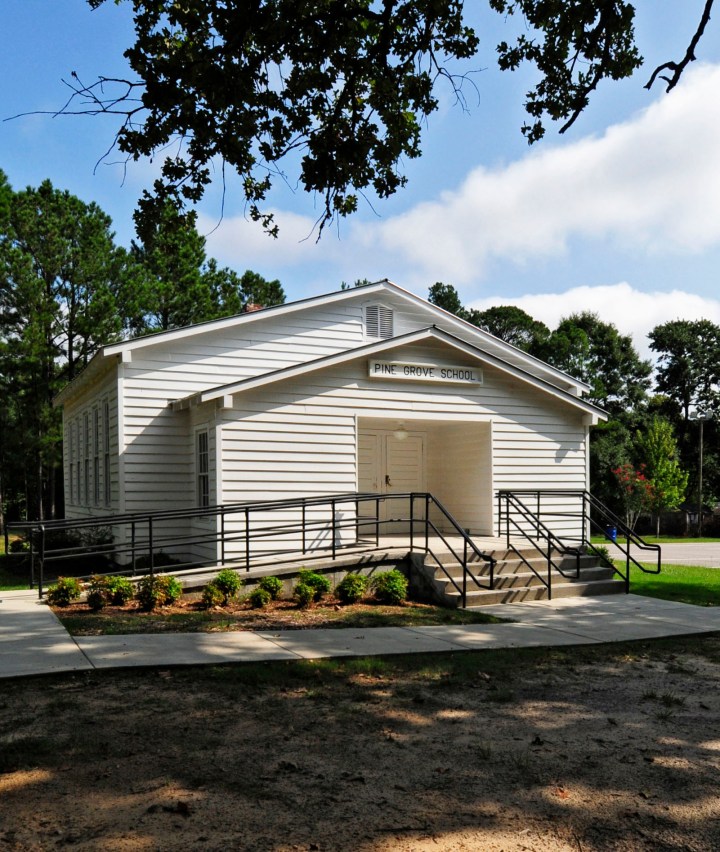
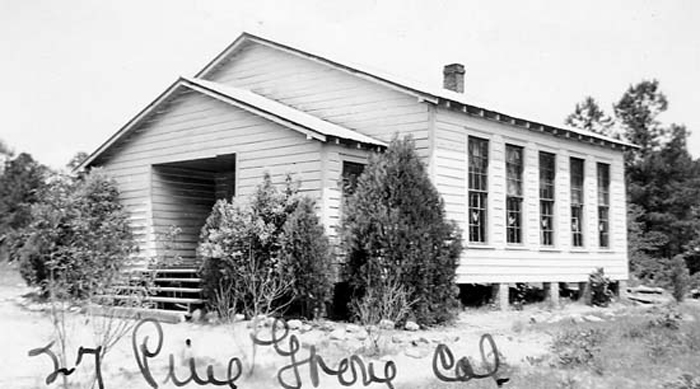
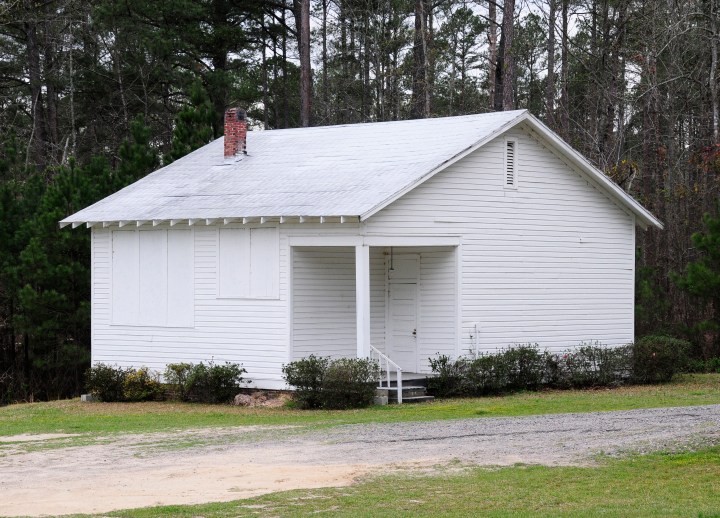
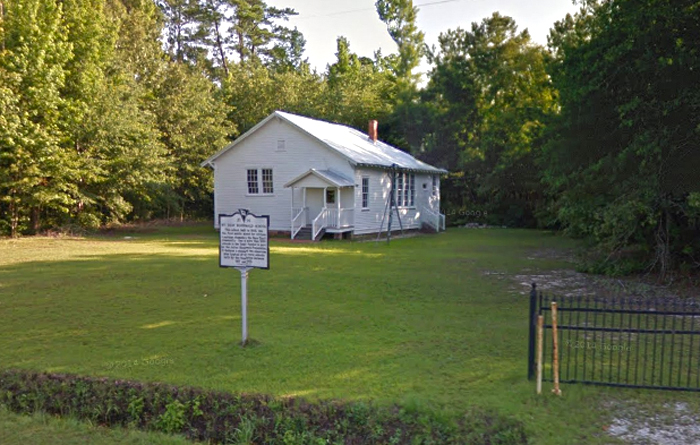
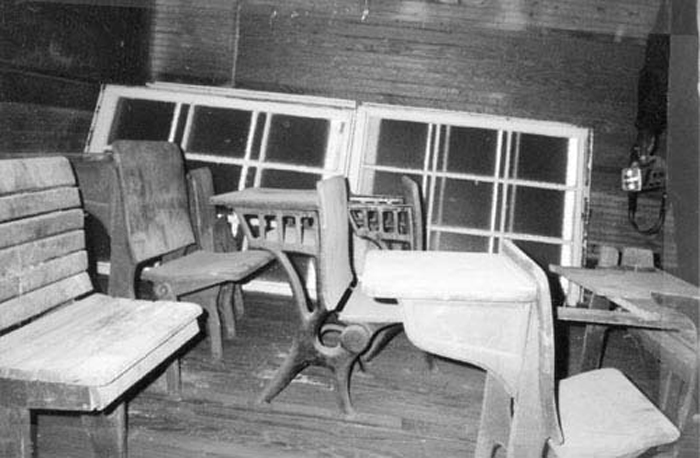
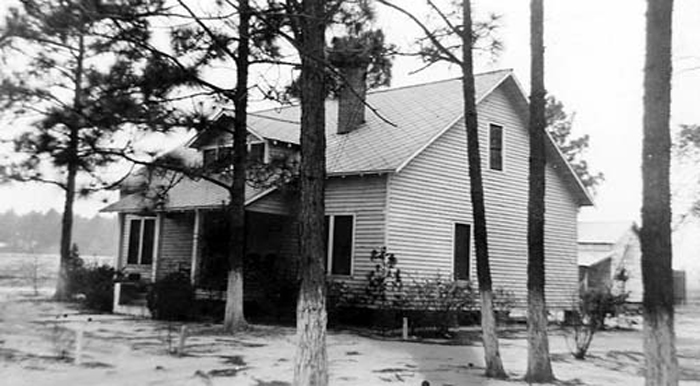

As part of the Rosenwald era, 217 teacherages were built in the U.S.; eight of them were in South Carolina. Reportedly, this is the only one of the eight in South Carolina that survived.
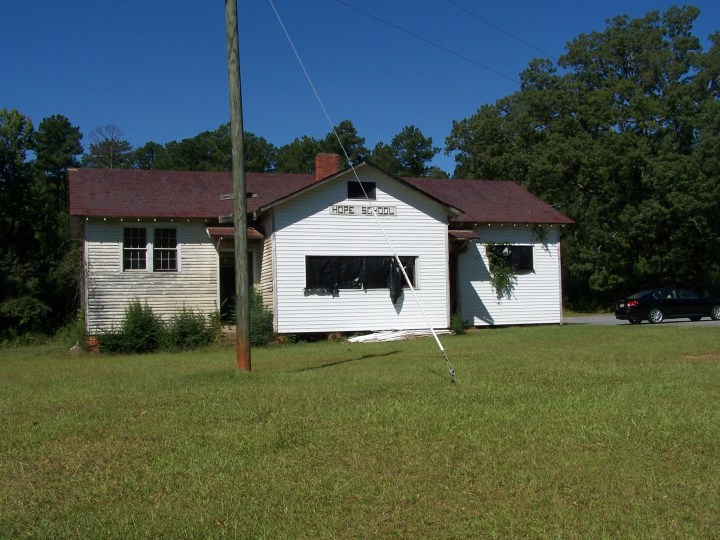
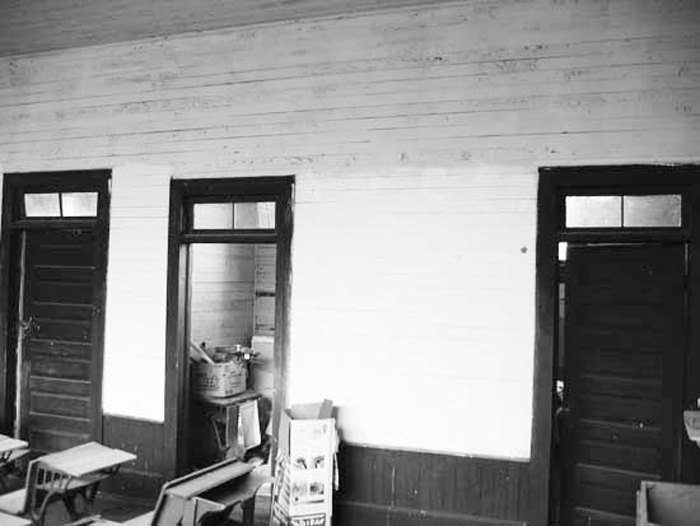
Did you know about the Rosenwald Schools fund and that communities all over rural South Carolina banded together to build schools with better ventilation, better lighting and overall improved learning conditions for African Americans in the community? The program and these buildings are now a huge part of the history of South Carolina.
If you like learning about this era in the history of the Palmetto State, you may enjoy seeing 21 Rare Photos Taken In South Carolina During The Great Depression.
OnlyInYourState may earn compensation through affiliate links in this article. As an Amazon Associate, we earn from qualifying purchases.




